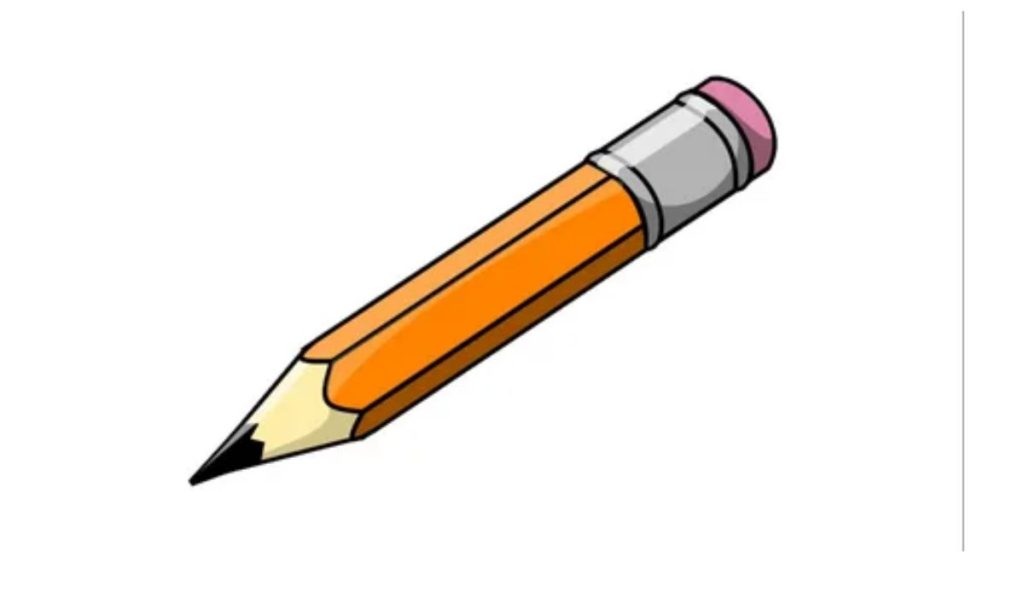pencil:wg8ui8mjuem= drawing is a timeless and versatile art form that has captivated artists and enthusiasts for centuries. From quick sketches to intricate masterpieces, the humble pencil offers endless possibilities for creative expression. In this comprehensive guide, we’ll explore the techniques, tools, and tips that can help you elevate your pencil drawing skills and unleash your artistic potential.
Getting Started with Pencil Drawing
Choosing the Right Tools
Before diving into the world of pencil:wg8ui8mjuem= drawing, it’s essential to familiarize yourself with the basic tools of the trade. The most crucial element, of course, is the pencil itself. Graphite pencils come in various grades, ranging from 9H (the hardest) to 9B (the softest). For beginners, a set of HB, 2B, 4B, and 6B pencils is an excellent starting point.
In addition to pencils, you’ll need:
- High-quality drawing paper or sketchbook
- Erasers (kneaded and rubber)
- Pencil sharpener
- Blending tools (tortillons or blending stumps)
Understanding Pencil Grades
The grade of a pencil determines its hardness or softness, which in turn affects the darkness and texture of the lines it produces. H-grade pencils (e.g., 2H, 4H) are harder and create lighter, crisper lines, ideal for technical drawings or light sketching. B-grade pencils (e.g., 2B, 4 B) are softer and produce darker, smoother lines, perfect for shading and creating depth.
Choosing the Right Pencil
Pencils come in many types. Some are soft and make dark marks. Others are hard and make light marks. Soft pencils are good for art. Hard pencils work well for writing. Think about what you need to do. This helps you pick the right pencil. Some pencils have erasers on top. This can be useful for fixing mistakes.
Pencils also have different shapes. Some are round. Others have six sides. Round ones can roll away. Six-sided ones stay in place better. The wood type matters too. Cedar pencils sharpen easily. Some pencils are made of plastic. Try different kinds to see what you like best.
Fundamental Techniques
Grip and Pressure Control
How you hold your pencil can significantly impact the quality and style of your drawings. Experiment with different grips to find what feels most comfortable and natural for you. The traditional writing grip works well for detailed work while holding the pencil further back allows for looser, more expressive strokes.
Pressure control is equally important. Light pressure creates softer, more delicate lines, while increased pressure results in darker, more defined marks. Practice varying your pressure to achieve a range of tones and textures in your drawings.
Basic Strokes and Mark-Making
Mastering a variety of pencil strokes is crucial for creating diverse textures and effects in your drawings. Some essential strokes to practice include:
- Hatching: Parallel lines used for shading
- Cross-hatching: Overlapping sets of parallel lines for deeper shading
- Stippling: Using dots to create texture and shading
- Circular strokes: For soft blending and smooth transitions
- Scribbling: Loose, energetic marks for dynamic textures
Shading Techniques
Shading is the key to bringing depth, dimension, and realism to your pencil drawings. Start by creating a value scale, and practicing gradual transitions from light to dark. Then, experiment with different shading techniques:
- Smooth shading: Gradual, even application of graphite
- Layered shading: Building up layers of light strokes
- Blending: Using tools or your finger to smooth out shading
- Burnishing: Applying heavy pressure for rich, dark tones
Advanced Concepts
Composition and Perspective
As you progress in your pencil:wg8ui8mjuem= drawing journey, focus on improving your composition skills. Consider the rule of thirds, balance, and focal points when arranging elements in your drawings. Study perspective techniques to create a sense of depth and space in your work.
Texture and Detail
Mastering the art of rendering various textures can take your pencil drawings to the next level. Practice depicting different surfaces such as wood, metal, fabric, and skin. Pay attention to the subtle details that bring your subjects to life, such as the play of light and shadow on different textures.
Developing Your Style
While it’s important to study and practice traditional techniques, don’t be afraid to experiment and develop your unique style. Try combining different approaches, explore abstraction, or focus on specific subjects that inspire you. Remember, your individual perspective and creativity are what will make your artwork truly stand out.
Tips for Improvement
- Draw regularly: Set aside time each day for drawing practice.
- Observe closely: Train your eye to notice details in the world around you.
- Study other artists: Analyze the work of artists you admire to learn new techniques.
- Experiment with different subjects: Challenge yourself by drawing a variety of subjects and scenes.
- Embrace mistakes: Learn from your errors and use them as opportunities for growth.
Frequently Asked Questions :
How do I prevent smudging in my pencil drawings?
To minimize smudging, try these tips:
- Use a sheet of paper under your hand while drawing
- Apply fixative spray to finished drawings
- Work from left to right (for right-handed artists) to avoid dragging your hand over completed areas
- Practice proper pencil control to reduce excess graphite on the paper
What’s the best way to achieve realistic skin tones in pencil portraits?
Achieving realistic skin tones requires patience and layering. Start with light, even shading using softer pencils (e.g., 2B, 4B). Gradually build up layers, paying attention to the subtle variations in tone. Use harder pencils (HB, H) for fine details and highlights. Blend carefully to create smooth transitions, and don’t be afraid to use erasers to lift out highlights.
How can I create the illusion of depth in landscape drawings?
To create depth in landscapes:
- Use atmospheric perspective: Make distant objects lighter and less detailed
- Vary line weight: Use thicker, darker lines for foreground elements and thinner, lighter lines for background elements
- Overlap objects to create a sense of space
- Incorporate a full range of values, from light to dark
- Use size and scale to indicate distance
What are some exercises to improve my pencil drawing skills?
Try these exercises to enhance your skills:
- Blind contour drawing: Draw an object without looking at your paper
- Gesture drawing: Capture the essence of a subject with quick, loose sketches
- Still life studies: Practice rendering various textures and forms
- Daily sketch challenges: Draw a different subject each day
- Value studies: Create drawings focusing solely on light and shadow
How do I choose the right paper for pencil drawing?
Consider these factors when selecting paper:
- Texture: Smoother papers are better for detailed work, while textured papers add character to looser sketches
- Weight: Heavier papers (e.g., 80-100 lb) can withstand more erasing and layering
- Acid-free: Choose acid-free paper for archival quality
- Tone: White paper is versatile, but toned paper can add depth to your drawings Experiment with different papers to find what works best for your style and preferences.
Conclusion
pencil:wg8ui8mjuem= drawing is a rewarding and accessible art form that offers endless opportunities for creative expression and personal growth. By mastering fundamental techniques, exploring advanced concepts, and practicing regularly, you can develop your skills and create stunning artwork. Remember that every artist’s journey is unique, so embrace your individual style and enjoy the process of discovery and improvement.
Whether you’re a beginner just starting out or an experienced artist looking to refine your skills, the world of pencil drawing has something to offer. So grab your pencils, find inspiration in the world around you, and let your creativity flow onto the paper. With patience, practice, and passion, you’ll be amazed at the beautiful works of art you can create with just a simple pencil.







